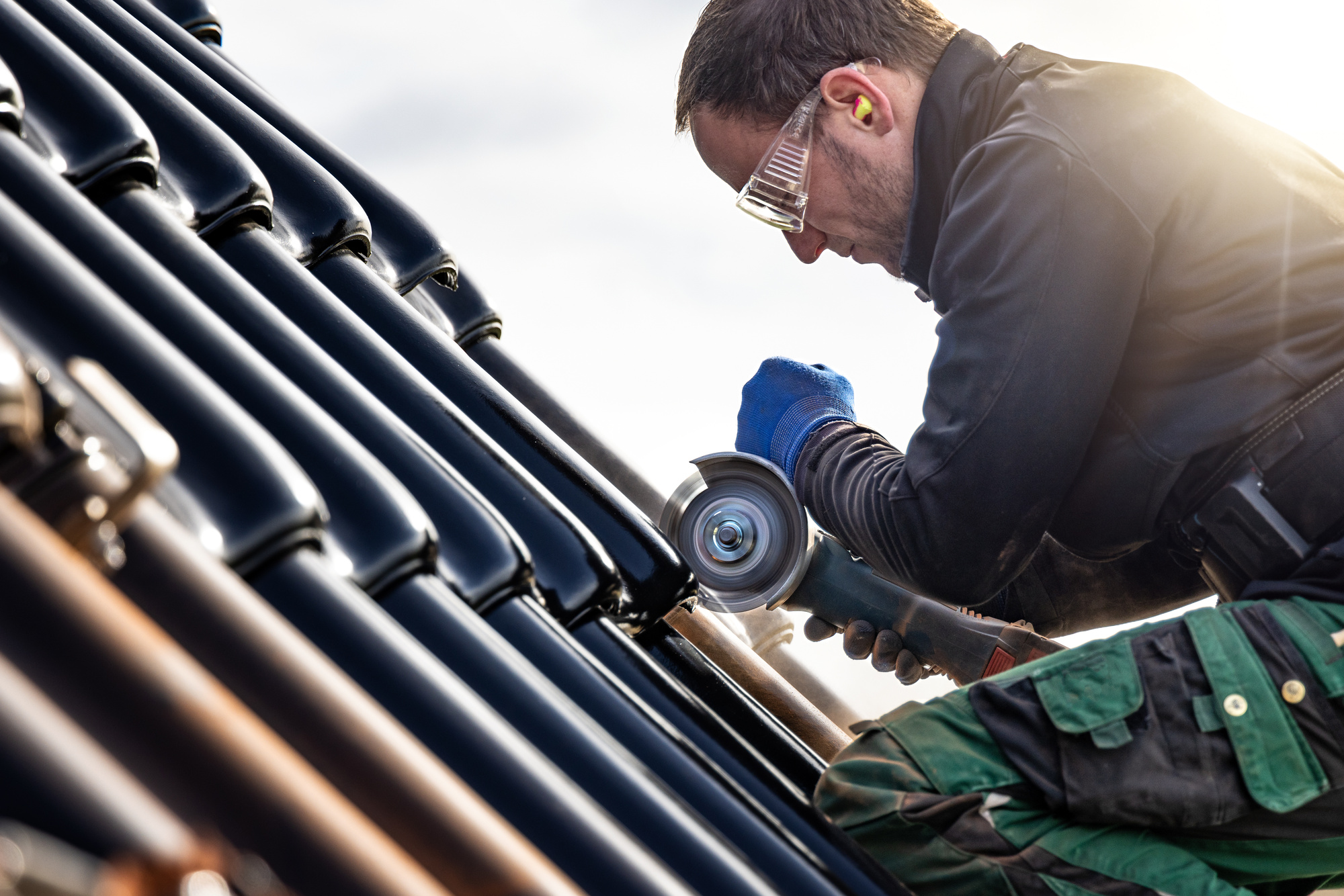People have different circumstances in life. Some can pursue further studies and earn an undergraduate or even a graduate degree. In contrast, others had to join the workforce without any formal training at all. Yet people still use the same knowledge and skills to perform their jobs, whether they attended formal education or not. This idea shows that learning isn’t limited to the four corners of a classroom.
There’s more to learn beyond what books can teach. And often, on-the-job experiences account for gaining practical skills. That’s why having the Recognition of Prior Learning (RPL) process is good. It allows individuals to earn a qualification through the competencies earned from their work.
What Is Recognition Of Prior Learning (RPL)?
The Recognition of Prior Learning (RPL) process allows individuals to acquire formal qualifications from the knowledge, skills, and experiences gained through their industry work. This process gives eligible applicants a nationally recognized certification issued under the Australian Qualification Framework. You may review facilities offering assistance to pursue a certificate or get your RPL with us at Gimbal Group.
The RPL works through an assessment that matches your proficiency in your field to the required competencies gained in formal training of the same field. You’ll be asked to provide documentation, such as references from current or previous employers, employment contracts, and other documents to support your application. If your skills fit the requirements, you can get a full certification.
RPL benefits individuals with extensive know-how in the industry they’re working in but who couldn’t pursue formal education. So, for example, you’ve been a tradesperson for years. You improved your skill set and acquired the technical skills required to perform your job. Through the RPL, you can get full or partial certifications based on the knowledge and skills you’ve earned from your work experience.
The Benefits Of RPL
RPL brings forth different advantages that people like you should know about. They include:
- It Boost Your Credibility
You have a higher chance of getting noticed by recruiters with formal certifications. It’s easier to support your credentials if you have certifications because it boosts your credibility rather than just listing your previous experiences. Furthermore, it gives you a competitive advantage in your application.
Through the RPL, you can obtain nationally recognized qualifications from the skills and competencies you acquired from your industry experiences. Plus, it benefits non-Australian citizens who’ve taken formal or practical learning in another country to have their units credited to earn a qualification in Australia.
- You Can Be Qualified For A Promotion
You can only earn certifications after meeting the standard skill set and proficiency in a particular job. So, employers will regard you as an asset to the company if you have formal qualifications. Your credentials demonstrate your expertise in the field; hence, you’ll likely be offered higher positions in the company.
- There Are More Career Opportunities
Earning a qualification boosts your morale. It gives you the confidence to apply to other jobs or pursue a leadership role in your industry.
Aside from this, taking on more vital tasks can help improve your current skill set as you solve more problems and gain more experience. These newly acquired competencies allow you to get more certifications. And as your qualifications grow, your employability also increases. So, more career opportunities open up for you.
- You Can Get Certified While Working
You’ll need a shorter time to earn a certification through the RPL than taking years to finish a full-time course. You don’t have to give up your work to earn a recognized qualification. In fact, you can get a certificate in weeks if your skill set matches the industry standards. If not, your current proficiency can still be credited, and you’ll only need to fulfill the required units or take further training to earn a qualification.
The RPL Process
You can earn a certification based on your level of competency, as well as your skill set, knowledge, and experience in your industry. If you plan to apply, here are the steps to expect.
- Application
Take a free RPL assessment. You must complete the form and submit documentation to support your application. You can give the authorities a portfolio of references from your current or previous employers, employment contracts, team member work and appraisal reviews, other certifications, or any document to demonstrate your skills and experience.
- Assessment
Once you submit your application and supporting documents, the assessors will match your proficiency to the required standard competencies. You may expect an interview to discuss your work experience further and better assess your eligibility.
- Results
You may be granted a nationally recognized certificate depending on your skill set if you meet the standards. And assessors may give you partial units and advise you to take additional training to earn a full certificate.
Unfortunately, some candidates may not be eligible for RPL. In this case, the examiners may guide them to courses and programs to further improve their skills.
The whole process can take weeks, depending on the qualification you’re applying for or the supporting documents you submit.
Summary
Leveling the playing field for all proficient workers fosters healthy competition in the industry. The Recognition of Prior Learning (RPL) helps increase an individual’s employability regardless of acquiring their skills in a formal or practical setting.
Through the RPL, you can earn qualifications based on your skills and competencies acquired as you work in the industry. It gives you a competitive advantage in your career by crediting your on-the-job proficiency rather than solely basing qualifications on formal training and education.

